Page 145 of 183

Wheels and Tyres
144
and when adopting an appropri ately cautious style of driving. It should be replaced
as quickly as possible by a normal wheel.
WARNING
•
Only use those tyres or wheel rims which have been approved for your model
of Škoda Auto vehicle. Failure to observ e this instruction will adversely affect
the road safety of your vehicle - risk of accident! Approval and licensing of your
vehicle on public roads may also become void as a result.
•
You must on no account drive at a high er speed than is permissible for your
tyres - risk of an accident resulting from tyre damage and loss of control over
your vehicle.
•
T y r e s w h i c h a r e 6 y e a r s o l d o r m o r e s h o u l d o n l y b e f i t t e d i n e x c e p t i o n a l c a s e s
and when adopting an appropriately cautious style of driving.
•
Never fit tyres which have already been used without having adequate
knowledge of their previous history. Tyres age even if they have not been used
at all or only very little. A spare tyre must only be used in exceptional cases and
only then when adopting an appropriately cautious style of driving.
•
Do not, where possible, replace individu al tyres but at least replace them on
both wheels of a given axle at the same time. Always fit the tyres with the
deeper tread depth to the front wheels.For the sake of the environment
Old tyres must be disposed of in conformity with the appropriate regulations.
Note
It is not normally possible to fit wheels from other models of cars for technical
reasons. This may also appl y in certain circumstances to the wheels of the same
type of vehicle.Wheel boltsWheels and wheel bolts are matched to each other in terms of design. Each time
you fit other wheels - e.g. light alloy wheels or wheels with winter tyres - you must
therefore also use the matching wheel bolts of the correct length and shape of
spherical cap. This is essential to ensure that the wheels are tightly fitted and that
the brake system operates properly.
If you retrofit wheel trims (or have this done), please also ensure that an adequate
flow of air remains assured for cooling the brake system. The authorised Škoda Service Partners are instructed in the technical possibilities
which exist regarding converting or retr
ofitting tyres, wheels and wheel trims.
WARNING
•
In case of incorrect treatment of the wheel bolts, the wheel can loosen when
the car is moving - risk of accident!
•
The wheel bolts must be clean and must turn easily. However, they must
never be treated with grease or oil.
•
If the wheel bolts are tightened to a too low tightening torque, the rim can
lossen when the car is moving - risk of accident! A tightening torque which is too
high can damage the bolts and threads and this can result in permanent defor-
mation of the contact surfaces on the rim.Caution
The prescribed tightening torque of the wheel bolts for steel and light alloy wheels
is 120 Nm.Winter tyresThe handling of your vehicle will be signif icantly improved when driving on wintry
roads if you fit winter tyres. Summer tyres do not offer the same grip on ice, snow
and at temperatures below 7 °C because of their construction (width, rubber blend,
tread pattern). This particularly applies to vehicles which are equipped with low-
profile tyres or high-speed tyres (code index H or V on wall of tyre).
Winter tyres must be mounted on all four wheels to obtain the best handling char-
acteristics.
You must only fit those types of winter tyre which are approved for your vehicle. The
permissible sizes of winter tyres are stated in your vehicle documents. Approvals
may differ because of national legislation.
Please remember that the tyres should be inflated to 20 kPa (0.2 bar) more than is
the case for summer tyres page 141.
Winter tyres no longer offer the same winter performance once the tyre tread has
worn down to a depth of about 4 mm.
Ageing also causes winter tyres to lose most of their winter performance properties
- even in cases where the remaining tread depth is still clearly more than 4 mm.
Speed restrictions apply to winter tyres as well as to summer tyres page 143,
.
s2lk.2.book Page 144 Monday, April 18, 2011 7:41 AM
Page 146 of 183

Wheels and Tyres145
Using the system
Safety
Driving Tips
General Maintenance
Breakdown assistance
Technical Data
You can fit winter tyres of a lower speed category to your vehicle provided that you
also do not drive faster than the permissible maximum speed for such tyres, even if
the possible maximum speed of your vehicle is higher. The corresponding tyre cate-
gory can damage the tyres when exceeding the permissible maximum speed.
Please pay attention to the notes if
you decide to fit winter tyres page 141.
You can also fit so-called “all-yea r tyres” instead of winter tyres.
Please contact your specialist garage if there are any points which are not clear who
will be able to provide you with information regarding the maximum speed for your
tyres.
WARNING
You must on no account drive your car at more than the permissible maximum
speed for your winter tyres - risk of an accident resulting from tyre damage and
loss of control over your car.
For the sake of the environment
Fit your summer tyres on ag ain in good time since summer tyres offer you better
grip and handling on roads which are free of snow and ice as well as are tempera-
tures below 7 °C - the braking distance is shor ter, there is less tyre noise, tyre wear
is reduced and fuel consumption is reduced.
Note
Please observe the various differing legal requirements regarding tyres.Unidirectional tyres*The direction of rotation of the tyres is marked by arrows on the wall of the tyre .
This indicates the direction of rotation of the tyre, and it is essential that the tyres
are fitted on to run in this direction. Only then are the tyres able to provide the
optimal properties in terms of grip, lo w noise, wear-and-tear and aquaplaning.
Should it be necessary to fit on a spare wheel in exceptional cases with a tyre not
dedicated to the running direction or in opposite running direction, please adopt a
cautious style of driving as the tyre is no longer able to provide optimal grip and
handling in such a situation. This particularly important on wet roads. Please refer
to the notes page 148, “Spare wheel*”.
You should have the defective tyre replaced as soon as possible and restore the
correct direction of rotation on all tyres
Snow chainsSnow chains must only be mounted on the front wheels.
When driving on wintry road s, snow chains improve not only traction, but also the
braking performance.
For technical reasons, it is only permissi ble to fit snow chains with the following
wheel/tyre combinations:
Remove the full wheel trims if you wish to fit snow chains to the wheels.
Observe the national legal requirements relating to the maximum vehicle speed
with snow chains.
WARNING
Please pay attention to the information in the supplied fitting instructions of the
snow chain manufacturer.
Caution
You must take the chains off as soon as you drive on roads which are free of snow.
They adversely affect the handling of your vehicle, damage the tyres and are rapidly
destroyed.
Note
We recommend that you use snow chains from the Škoda genuine accessories.
Wheel size
Depth (D)
Tyre size
6J x 15
a)
a)Only fit snow chains with links and locks not larger than 15 mm.
47 mm
195/65
6.5J x 15
a)
50 mm
195/65
6J x 16
a)
50 mm
205/55
6J x 17
b)
b)Only fit snow chains with links and locks not larger than 9 mm.
45 mm
205/50
s2lk.2.book Page 145 Monday, April 18, 2011 7:41 AM
Page 147 of 183
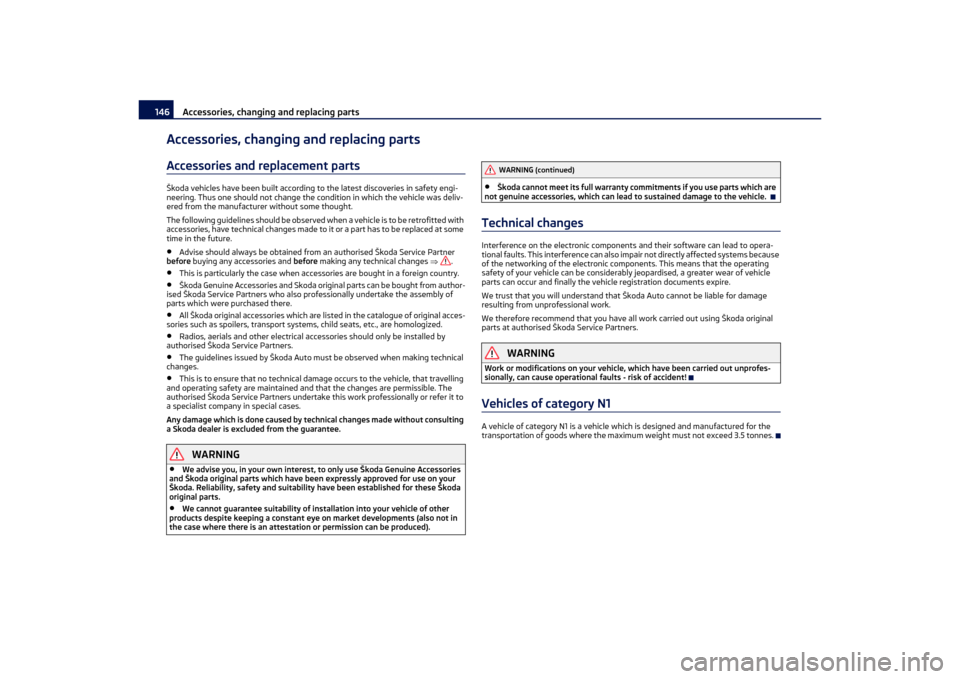
Accessories, changing and replacing parts
146
Accessories, changing and replacing partsAccessories and replacement partsŠkoda vehicles have been built according to the latest discoveries in safety engi-
neering. Thus one should not change the condition in which the vehicle was deliv-
ered from the manufactur er without some thought.
The following guidelines should be observed when a vehicle is to be retrofitted with
accessories, have technical changes made to it or a part has to be replaced at some
time in the future.•
Advise should always be obtained from an authorised Škoda Service Partner
before buying any accessories and before making any technical changes .
•
This is particularly the case when accessories are bought in a foreign country.
•
Škoda Genuine Accessories and Skoda origin al parts can be bought from author-
ised Škoda Service Partners who also pr ofessionally undertake the assembly of
parts which were purchased there.
•
All Škoda original accessories which are li sted in the catalogue of original acces-
sories such as spoilers, transport systems, child seats, etc., are homologized.
•
Radios, aerials and other el ectrical accessories should only be installed by
authorised Škoda Service Partners.
•
The guidelines issued by Škoda Auto must be observed when making technical
changes.
•
This is to ensure that no technical damage occurs to the vehicle, that travelling
and operating safety are ma intained and that the changes are permissible. The
authorised Škoda Service Partners undertake this work professionally or refer it to
a specialist company in special cases.
Any damage which is done caused by technical changes made without consulting
a Skoda dealer is exclud ed from the guarantee.
WARNING
•
We advise you, in your own interest, to only use Škoda Genuine Accessories
and Škoda original parts which have been expressly approved for use on your
Škoda. Reliability, safety and suitability have been established for these Škoda
original parts.
•
We cannot guarantee suitability of installation into your vehicle of other
products despite keeping a constant eye on market developments (also not in
the case where there is an attestatio n or permission can be produced).
•
Škoda cannot meet its full warranty commitments if you use parts which are
not genuine accessories, which can lead to sustained damage to the vehicle.
Technical changesInterference on the electronic components and their software can lead to opera-
tional faults. This interference can also im pair not directly affected systems because
of the networking of the electronic co mponents. This means that the operating
safety of your vehicle can be considerably jeopardised, a greater wear of vehicle
parts can occur and finally the vehi cle registration documents expire.
We trust that you will understand that Škoda Auto cannot be liable for damage
resulting from unprofessional work.
We therefore recommend that you have al l work carried out using Škoda original
parts at authorised Škoda Service Partners.
WARNING
Work or modifications on your vehicle, which have been carried out unprofes-
sionally, can cause operational faults - risk of accident!Vehicles of category N1A vehicle of category N1 is a vehicle which is designed and manufactured for the
transportation of goods where the maximu m weight must not exceed 3.5 tonnes.
WARNING (continued)
s2lk.2.book Page 146 Monday, April 18, 2011 7:41 AM
Page 148 of 183

Breakdown assistance147
Using the system
Safety
Driving Tips
General Maintenance
Breakdown assistance
Technical Data
Breakdown assistanceBreakdown assistanceFirst-aid box* and Warning triangle* (Octavia)The first-aid box* is attached by a strap to the right-hand side of the luggage
compartment.
The warning triangle can be attached to the trim panel of the rear wall with rubber
straps.
If you wish to equip your vehicle additional ly with a warning triangle, please contact
a specialist garage.
Note
Pay attention to the use-by-date of the contents of the first-aid box.First-aid box* and warning triangle* (Estate car)For vehicles of the type estate car the first-aid box and the warning triangle are
housed in a compartment on the righ t side in the luggage compartment.
If you wish to equip your vehicle additional ly with a warning triangle, please contact
a specialist garage.
Note
Pay attention to the use-by-date of the contents of the first-aid box.Fire extinguisher*The fire extinguisher is attached with straps in a holder under the driver seat.
Please read carefully the in structions which are attached to the fire extinguisher.
The fire extinguisher must be checked by an authorised person or company annu-
ally (please observe the differing legal requirements).
WARNING
If the fire extinguisher is not correctly attached, in case of sudden manoeuvres
or an accident it can be “thrown” thro ugh the interior compartment and cause
injuries.
Note
•
The fire extinguisher must comply with the relevant and valid legal require-
ments.
•
Pay attention to the expiration date of the fire extinguisher. If the fire extin-
guisher is used after the expiration date, its proper function is no longer assured.
•
The fire extinguisher is only supplied in certain countries within the scope of
delivery.
Vehicle tool kitThe vehicle tool kit and the lift ing jack*, on which a note sticker is affixed, are stored
in a plastic box in the spare wheel* fig. 132 or spare wheel well. There is also
space here for the removable ball head of the trailer towing device*. The box is
attached with a strap on the spare wheel.
The vehicle tool kit contains the following parts (depending on equipment fitted):•
Wire clamps for removing the full wheel trims,
Fig. 132 Luggage compartment: storage
compartment for vehicle tool kit
s2lk.2.book Page 147 Monday, April 18, 2011 7:41 AM
Page 149 of 183

Breakdown assistance
148
•
Plastic clip for a wheel bolt cover,
•
Wheel wrench,
•
Towing eye,
•
Adapter for the wheel bolts lock.
•
Tyre repair kit
Before placing the lifting jack* back in its storage area, screw in the arm of the lifting
jack fully.
WARNING
•
The factory-supplied lifting jack* is only intended for your model of vehicle.
On no account attempt to lift a heavier vehicle or other loads - risk of injury!
•
Ensure that the vehicle tool kit is safely attached in the luggage compart-
ment.Note
Ensure that the box is always secured with the strap.Spare wheel*The spare wheel lies in a well under the floor covering of the luggage compartment
and is fixed in place using special screws fig. 133 .
Before removing the spare wheel, you must take out the box with the vehicle tool
kit box page 147, fig. 132. One should check the inflation pressure in the spare wheel (at best when generally
checking the tyre air pressures - see sign on the fuel filler flap
page 141) to ensure
that the spare wheel is always ready to use.
Temporary spare wheel
A warning label displayed on the rim of the temporary spare wheel indicates that
your vehicle is equipped with a temporary spare wheel.
Please observe the following notes when driving with a temporary spare wheel:
•
The warning label must not be covered after installing the wheel.
•
Do not drive faster than 80 km/h with th is spare wheel and pay particular atten-
tion while driving. Avoid accelerating at full throttle, sharp braking and fast
cornering.
•
The inflation pressure for this spare wheel is identical to the inflation pressure
of the standard tyres. The temporary spare wheel R 18 must have an inflation pres-
sure of 420 kPa (4.2 bar)!
•
Use this spare wheel only to reach the nearest specialist garage as it is not
intended for continuous use.
•
No other summer or winter tyres must be mounted on the rim of the spare
wheel R 18.
Tyre repair kit*General informationThe tyre repair kit is intended fo r the repair of minor tyre defects.
The repair with the tyre repair kit is not at all intended to replace a permanent
repair on the tyre, this repa ir only serves to reach the next specialist garage. The
repair can be undertaken on the vehicle immediately. Please read the attached
instructions carefully before the repair.
The tyre repair kit is located in a textile bag. There is a velcro fastener on the under-
side of the bag, with which the bag is attached to the floor covering of the luggage
compartment in such a way th at the side of the bag rests on the right side of the
luggage compartment and on the seat backrest.
Fig. 133 Luggage compartment: Spare
wheel
s2lk.2.book Page 148 Monday, April 18, 2011 7:41 AM
Page 150 of 183

Breakdown assistance149
Using the system
Safety
Driving Tips
General Maintenance
Breakdown assistance
Technical Data
Components of the tyre repair kitFig. 134 Components of the tyre repair kitThe tyre repair kit is made up of the following parts:
Screwdriver for removal and re-installation of valve core
Sticker with speed designation “max. 80 km/h”/“max. 50 mph”
Inflation hose with plug
Compressor
Air hose for the compressor
Tyre pressure checker
Air release valve
Stop button
Plug for 12V cigarette lighter socket
Bottle with sealant
Replacement valve corePreparing to use the tyre repair kitBefore using the tyre repa ir kit, carry out the following preparatory work:
– If it is necessary to change a wheel, park the vehicle as far away as possible from
the traffic flow. The plac e you choose should be level .
–Have all the occupants get out. While changing a wheel, the occupants of the
vehicle should not stand on the ro ad (e.g. behind a crash barrier).
– Apply the handbrake firmly. – Shift up into the
1st gear.
– If a trailer is coup led, uncouple it.
– Remove the tyre repair kit from the luggage compartment.
WARNING
If you find yourself in flowing traffic sw itch on the hazard warning lights system
and place the warning triangle on the side of the road at the prescribed distance
from your vehicle while observing all nat ional legal provisions. In this way you
are protecting not only yourself but also other road users.Changing a wheelPreliminary workThe following steps should be carried ou t before actually changing the wheel.
– If it is necessary to change a wheel, park the vehicle as far away as possible from
the traffic flow. The place you choose should be level.
–Have all the occupants get out. While changing a wheel, the occupants of the
vehicle should not stand on the road (e.g. behind a crash barrier).
–Apply the handbrake firmly.
– Shift up into the 1st gear.
– If a trailer is coup led, uncouple it.
–Take the vehicle tool kit page 147 and the spare wheel* page 148 out of
the luggage compartment.
WARNING
•
If you find yourself in flowing traffi c switch on the hazard warning lights
system and place the warning triangle on the side of the road at the prescribed
distance from your vehicle while observin g all national legal provisions. In this
way you are protecting not only yourself but also other road users.
•
Never start the engine with the vehicle sitting on the raised jack - danger of
suffering injury.
A1A2A3A4A5A6A7A8A9A10A11
s2lk.2.book Page 149 Monday, April 18, 2011 7:41 AM
Page 151 of 183

Breakdown assistance
150Caution
If you have to change a wheel on a slope first block the opposite wheel with a stone
or similar object in order to secure th e vehicle from unexpectedly rolling away.
Note
Comply with the national legal regulations.Changing a wheelAlways change a wheel on a level surface as far as possible.
– Take off the full wheel trim* page 150 or the caps page 151.
– In the case of light alloy wheels remove the wheel trim cap page 151.
– First of all slacken the safety wheel bolt* and afterwards the other wheel bolts page 151.
– Jack up the vehicle until the wheel to be changed is clear of the ground page 152.
– Unscrew the wheel bolts and place them on a clean surface (cloth, paper etc.).
– Take off the wheel.
– Fit on the spare wheel and tighten the wheel bolts slightly.
– Lower the car.
– Tighten the wheel bolts firmly, alternately and diagonally using the wheel wrench (crosswise) and last the safety wheel bolt* page 151.
– Mount the full wheel trim/wheel trim cap or the caps.
Note
•
All bolts must be clean and must turn easily.
•
You must never grease or oil the wheel bolts!
•
When fitting on unidirectional tyres, ensu re that the tyres rotate in the correct
direction page 141.
Subsequent stepsAfter changing the wheel, you must perform the following steps.
– Stow and attach the replaced wheel in the spare wheel well. – Stow the vehicle tool kit in the space provided.
–
Check the tyre pressure on the spare wheel just mounted as soon as possible.
–Have the tightening torque of the wheel bolts checked with a torque wrench as
soon as possible. Steel and light alloy wheels must be tightened to a tightening
torque of 120 Nm.
– Change the damaged wheel or consult a specialist garage about possibilities for getting repairs done.
WARNING
It is necessary to observe the guidelines given on page 143 if the vehicle is
subsequently fitted with tyres which are di fferent to those it was fitted with at
the works.
Note
•
If you find, when changing the wheel, that the wheel bolts are corroded and
difficult to turn, the bolts must be replac ed before checking the tightening torque.
•
Drive cautiously and only at a moderate speed to a workshop where the tight-
ening torque can be checked.
Full wheel trim*Pulling off– Hook the clamp found in the vehicle tool kit into the reinforced edge of the full wheel trim.
– Push the wheel wrench* through the clamp, support it at the tyre and pull off
the wheel trim.Installing– First press the full wheel trim onto the wheel at the valve opening provided. Then press the full wheel trim into th e wheel in such a way that its entire
circumference locks correctly in place.
Caution
•
Use the pressure of your hand, do not knock on the full wheel trim! Heavy
knocks mainly on the points where the full wheel trim has not been inserted into
the wheel, can result in damage to the guide and centering elements of the full
wheel trim.
s2lk.2.book Page 150 Monday, April 18, 2011 7:41 AM
Page 152 of 183

Breakdown assistance151
Using the system
Safety
Driving Tips
General Maintenance
Breakdown assistance
Technical Data
•
Check for yourself that a safety wheel bolt is located in the hole in the area of
the valve before fitting the full wheel trim onto a steel wheel which is attached with
a safety wheel bolt page 152.
Wheel bolts with caps*Pulling off– Push the plastic clip sufficiently far on to the cap until the inner catches of the
clip are positioned at the collar of the cap and detach the cap.Installing– Push the caps fully onto the wheel bolts.
The caps are located in the well of the luggage compartment.Wheel trim caps*
Pulling off– Carefully remove the wheel trim cap using the wire clamp fig. 136 .Slackening and tightening wheel bolts
Slacken the wheel bolts before jacking up the vehicle.Slackening wheel bolts– Push the wheel wrench* fully onto the wheel bolt
7).
– Grasp the end of the wrench* and turn the bolt about one turn to the left
fig. 137.
Tightening wheel bolts– Push the wheel wrench* fully onto the wheel bolt
7).
– Grasp the end of the wrench* and turn th e bolt to the right until it is tight.
WARNING
Slacken the wheel bolts only a little (about one turn) as long as the vehicle has
not yet been lifted with the lifting jack* - risk of accident!
Note
Apply pressure carefully with your foot to the end of the wrench* if it proves difficult
to slacken the bolts. Hold tight on the vehicle when doing this and ensure that you
have a steady position.
Fig. 135 Removing the cap.Fig. 136 Pulling off wheel trim cap on
light alloy wheels
7)Use the appropriate adapter for slackening and tightening the safety wheel bolts page 152.
Fig. 137 Changing a wheel: Slackening
wheel bolts
s2lk.2.book Page 151 Monday, April 18, 2011 7:41 AM
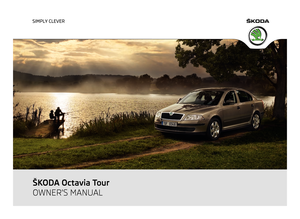 1
1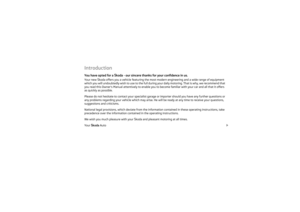 2
2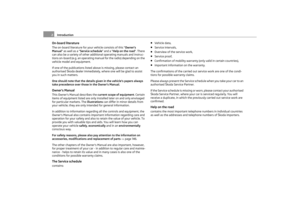 3
3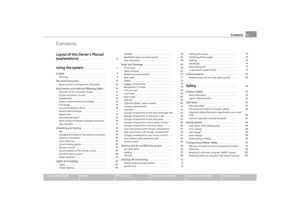 4
4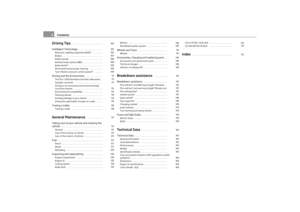 5
5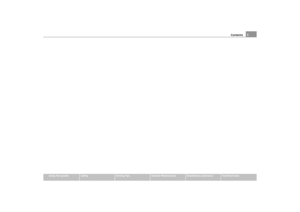 6
6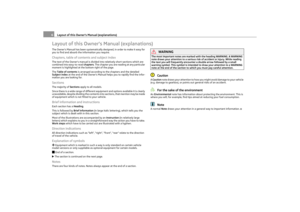 7
7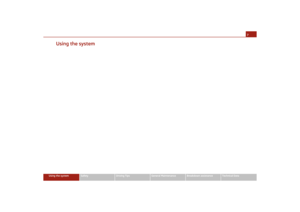 8
8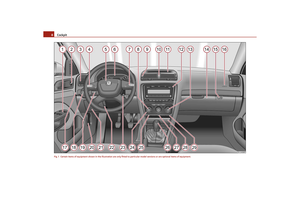 9
9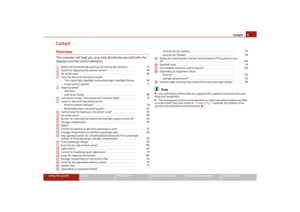 10
10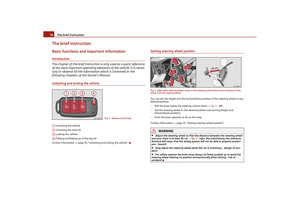 11
11 12
12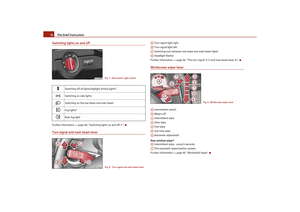 13
13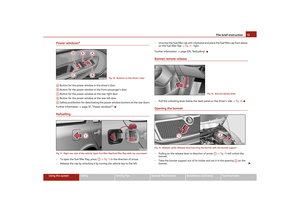 14
14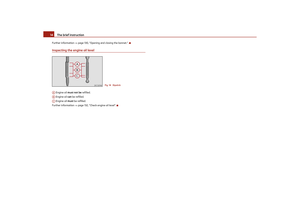 15
15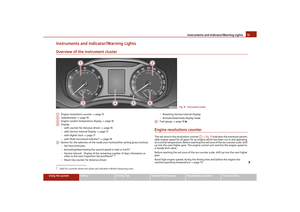 16
16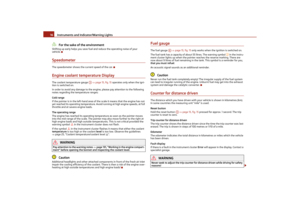 17
17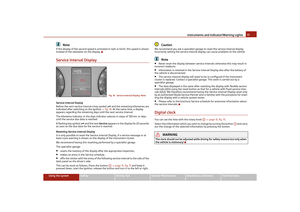 18
18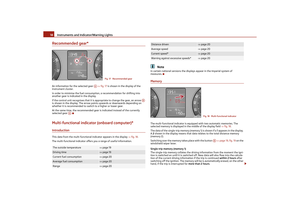 19
19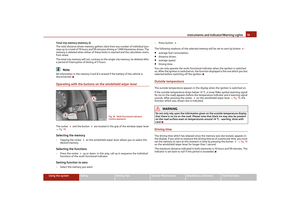 20
20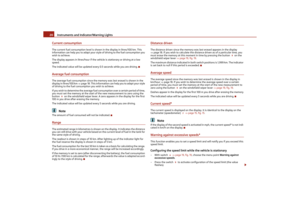 21
21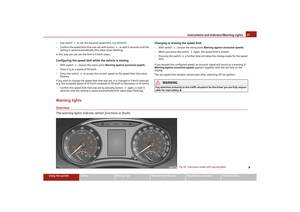 22
22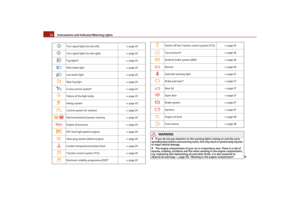 23
23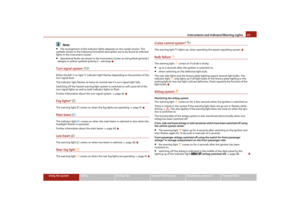 24
24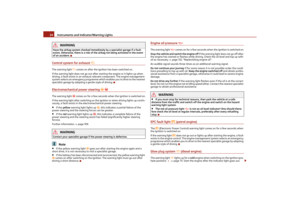 25
25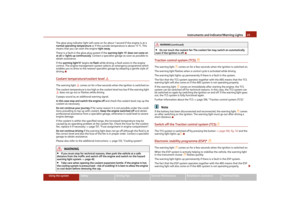 26
26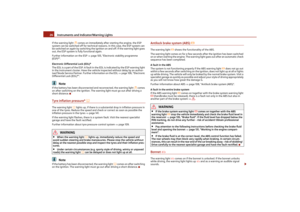 27
27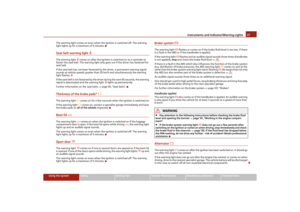 28
28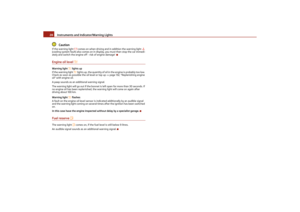 29
29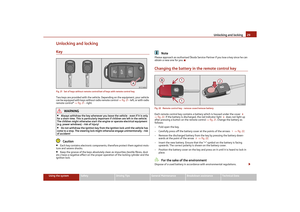 30
30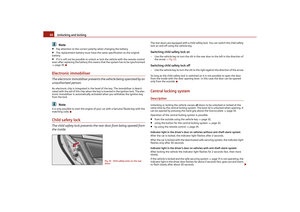 31
31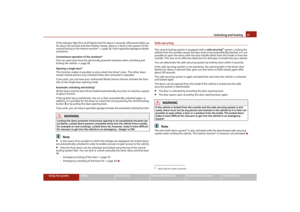 32
32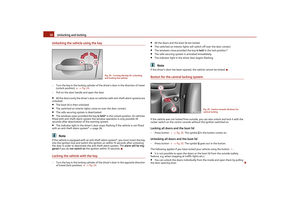 33
33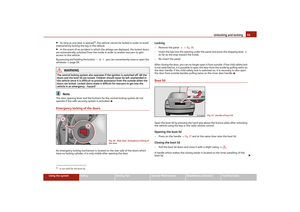 34
34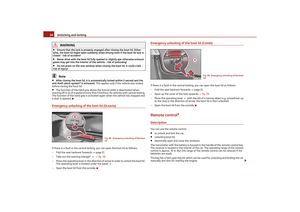 35
35 36
36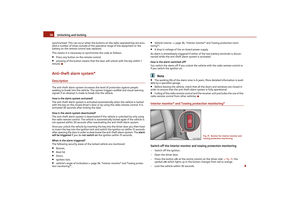 37
37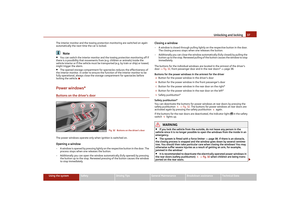 38
38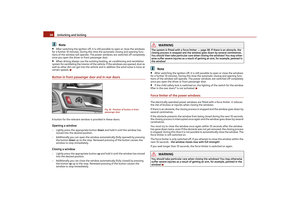 39
39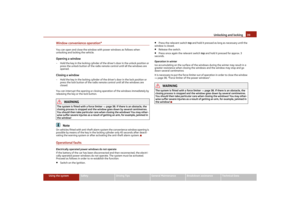 40
40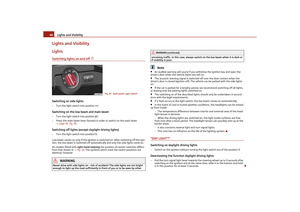 41
41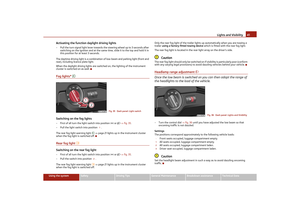 42
42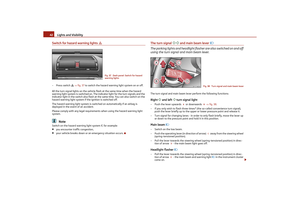 43
43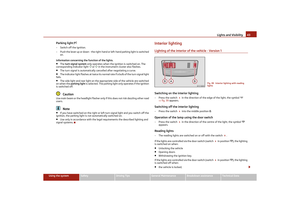 44
44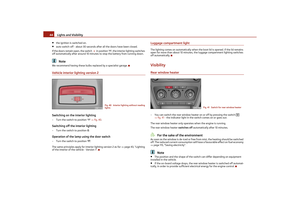 45
45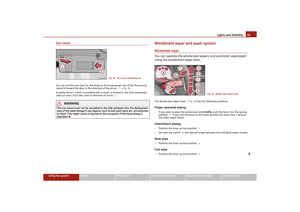 46
46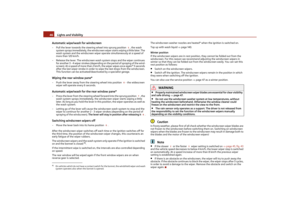 47
47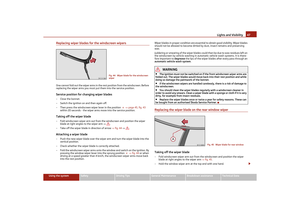 48
48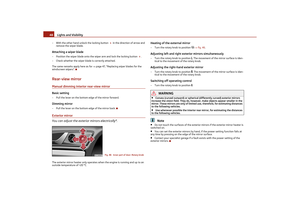 49
49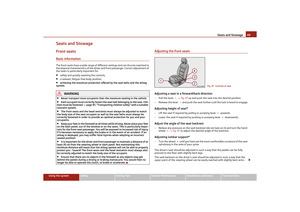 50
50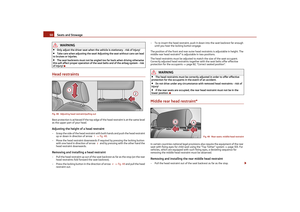 51
51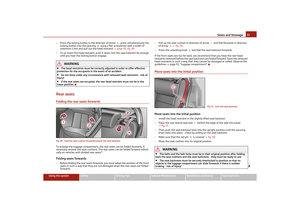 52
52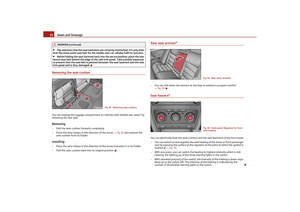 53
53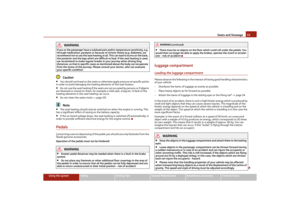 54
54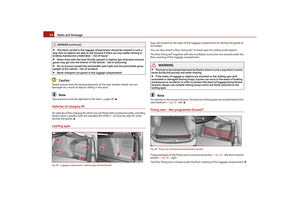 55
55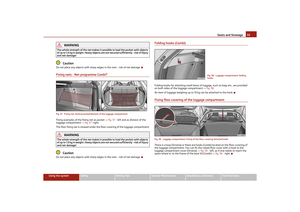 56
56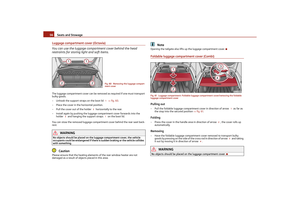 57
57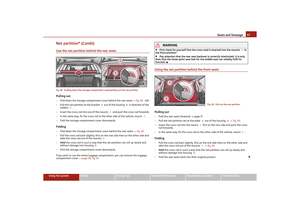 58
58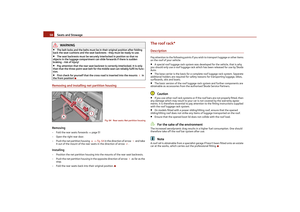 59
59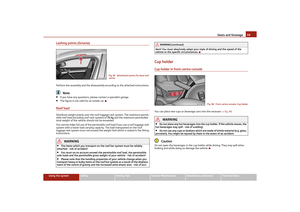 60
60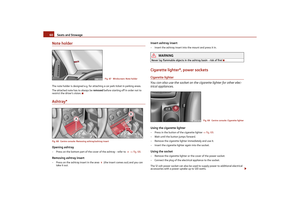 61
61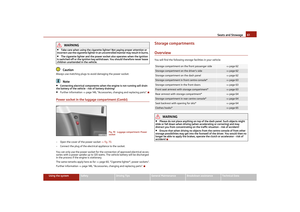 62
62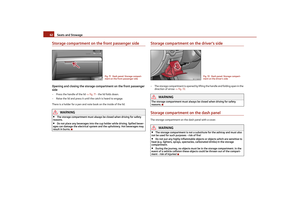 63
63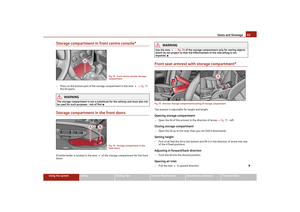 64
64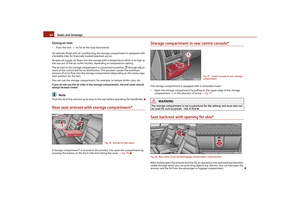 65
65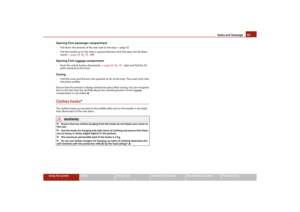 66
66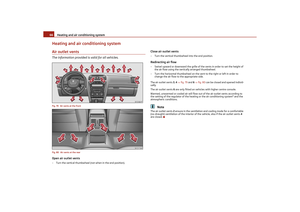 67
67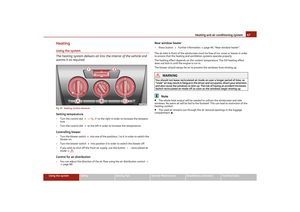 68
68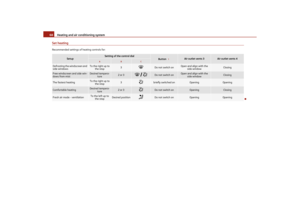 69
69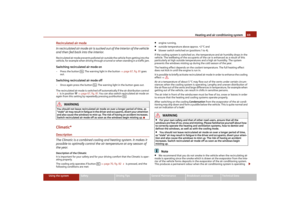 70
70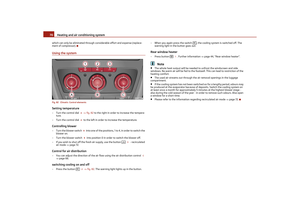 71
71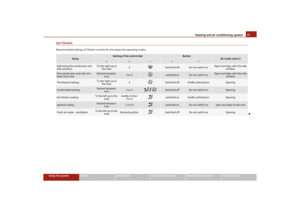 72
72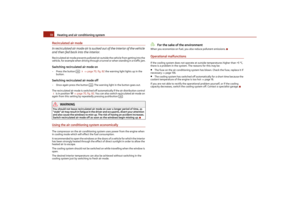 73
73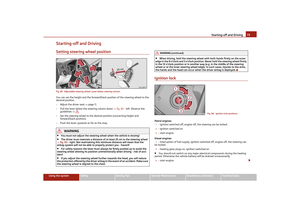 74
74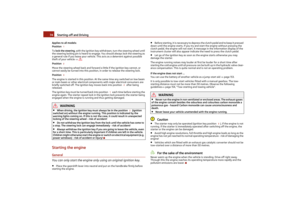 75
75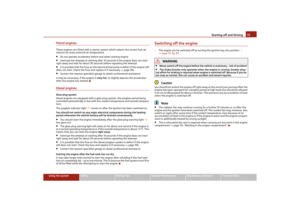 76
76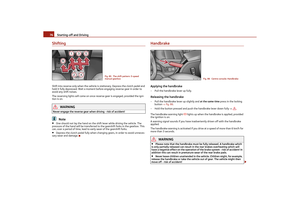 77
77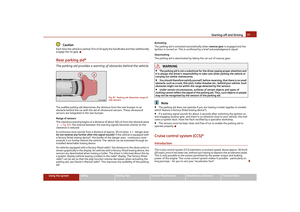 78
78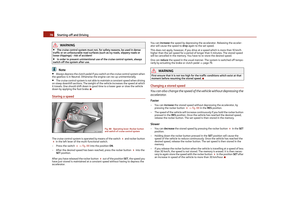 79
79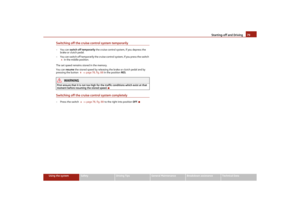 80
80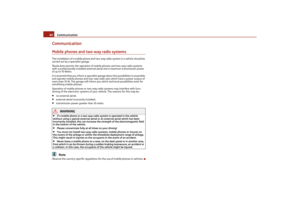 81
81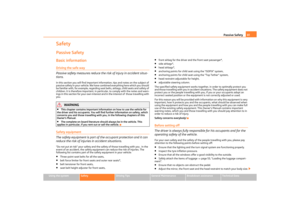 82
82 83
83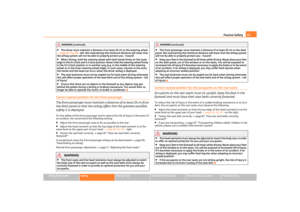 84
84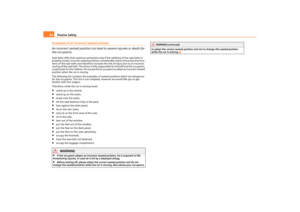 85
85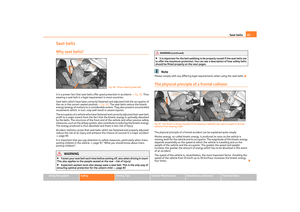 86
86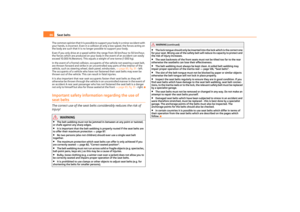 87
87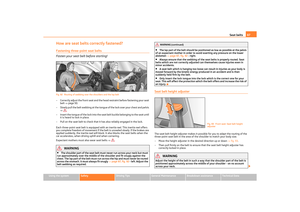 88
88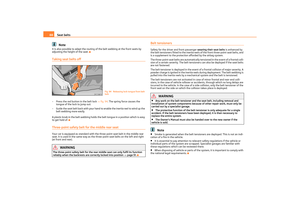 89
89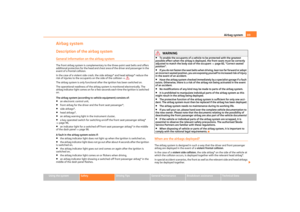 90
90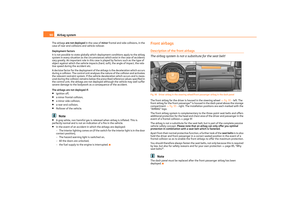 91
91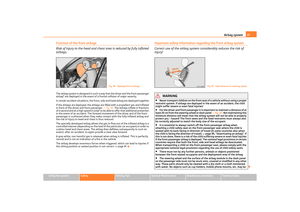 92
92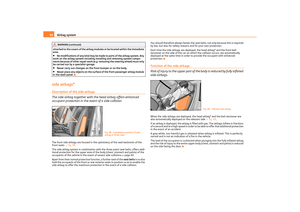 93
93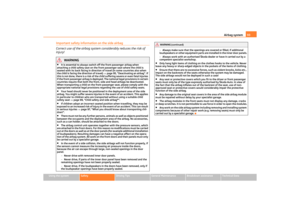 94
94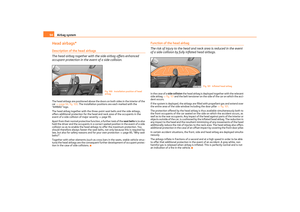 95
95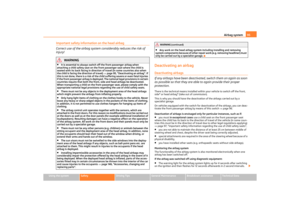 96
96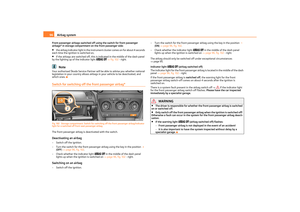 97
97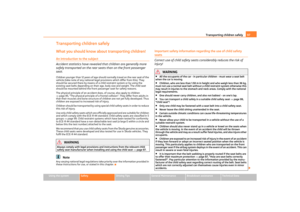 98
98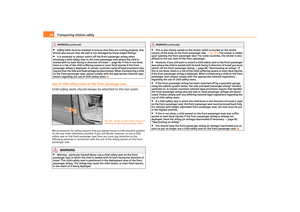 99
99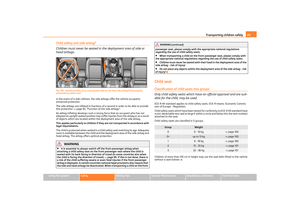 100
100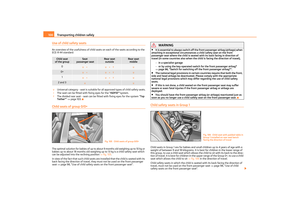 101
101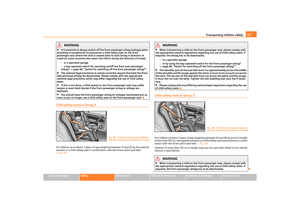 102
102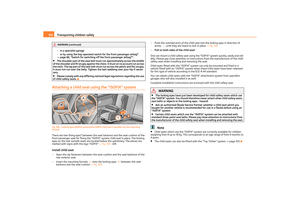 103
103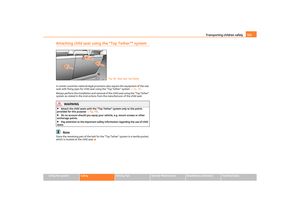 104
104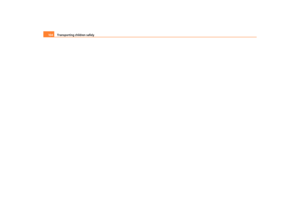 105
105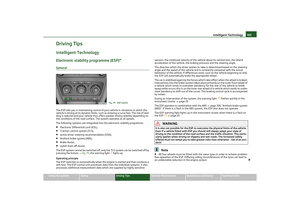 106
106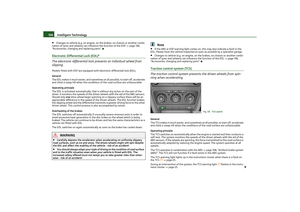 107
107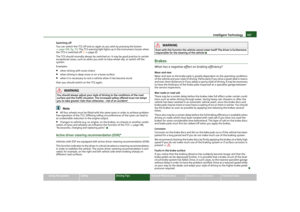 108
108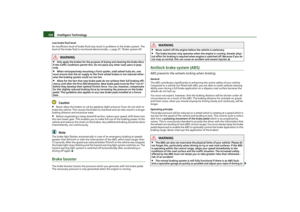 109
109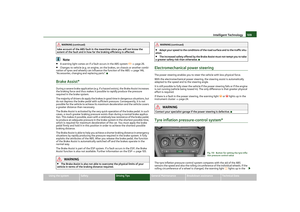 110
110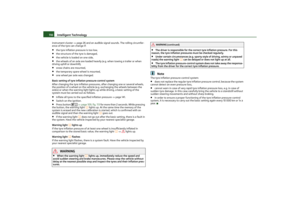 111
111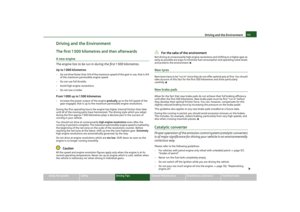 112
112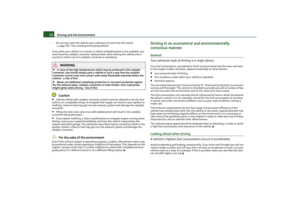 113
113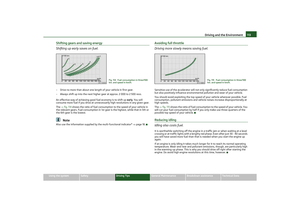 114
114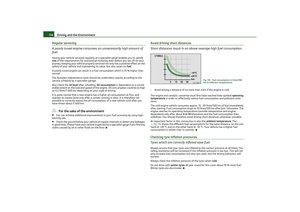 115
115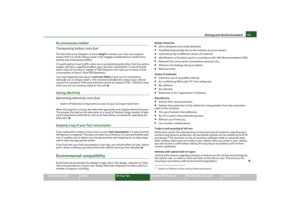 116
116 117
117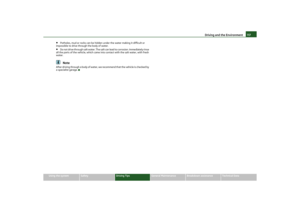 118
118 119
119 120
120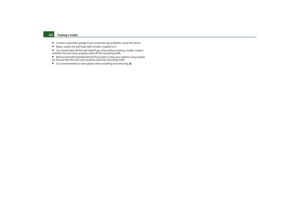 121
121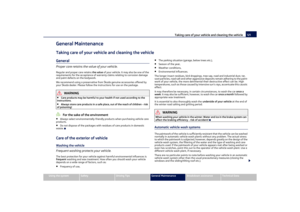 122
122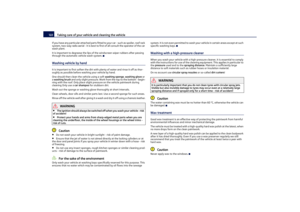 123
123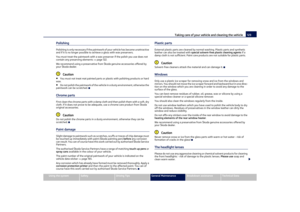 124
124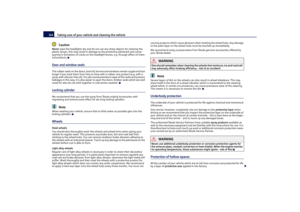 125
125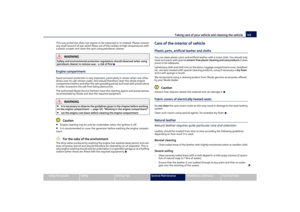 126
126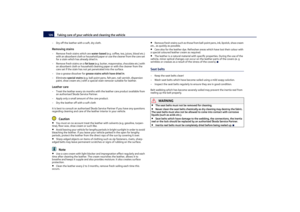 127
127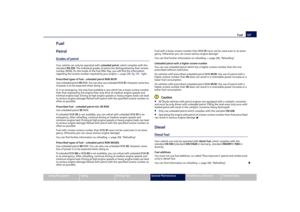 128
128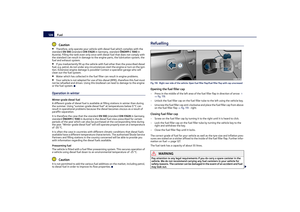 129
129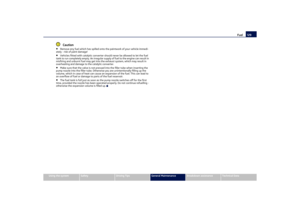 130
130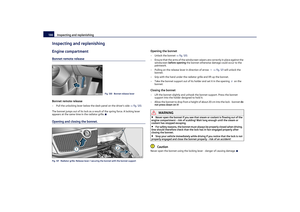 131
131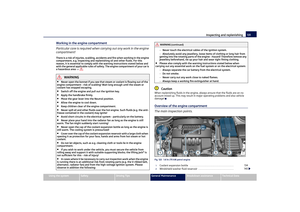 132
132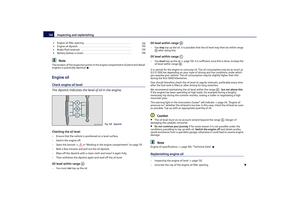 133
133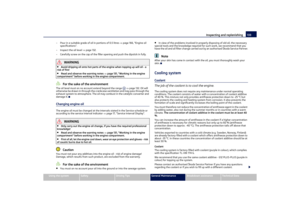 134
134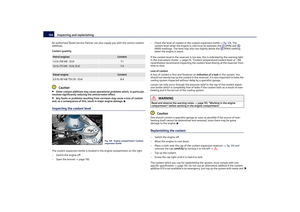 135
135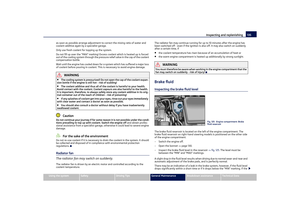 136
136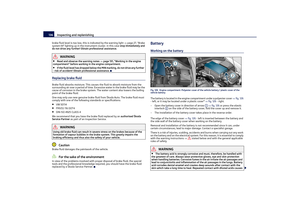 137
137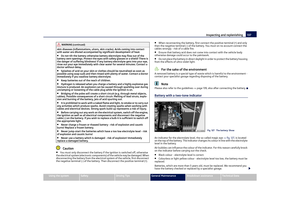 138
138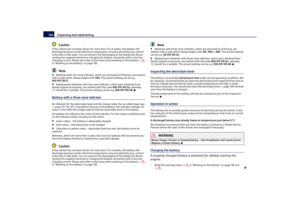 139
139 140
140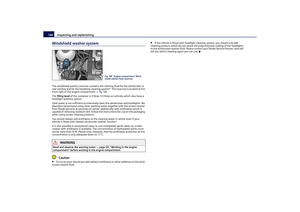 141
141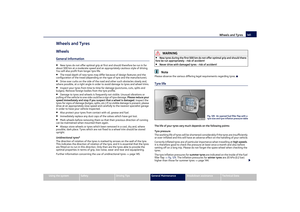 142
142 143
143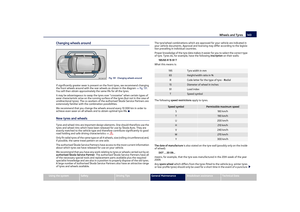 144
144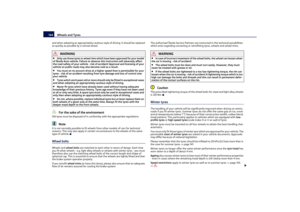 145
145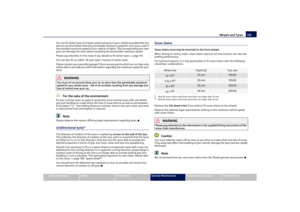 146
146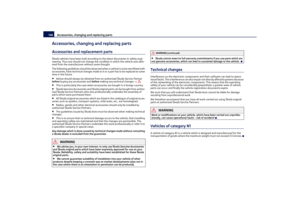 147
147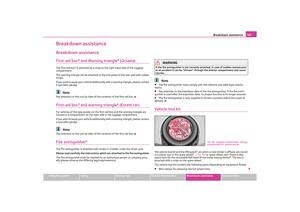 148
148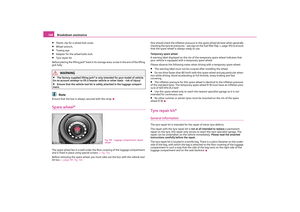 149
149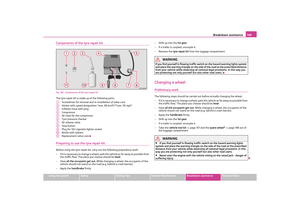 150
150 151
151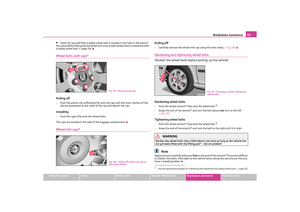 152
152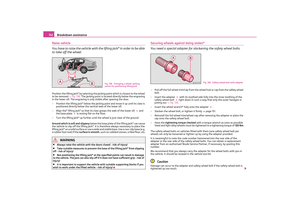 153
153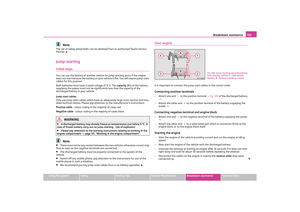 154
154 155
155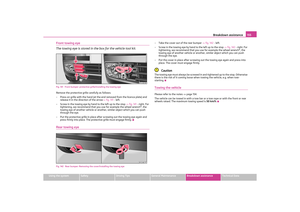 156
156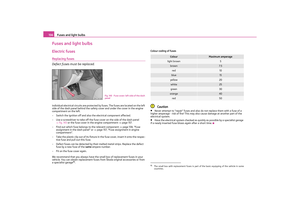 157
157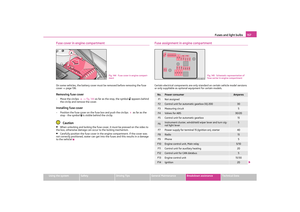 158
158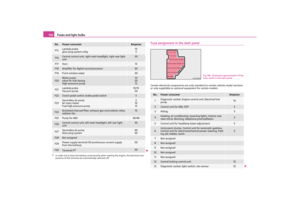 159
159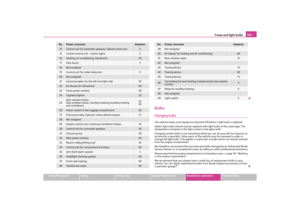 160
160 161
161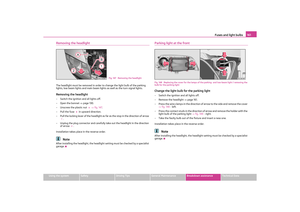 162
162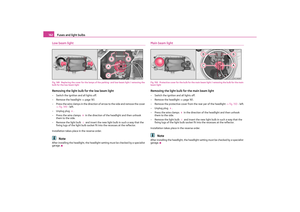 163
163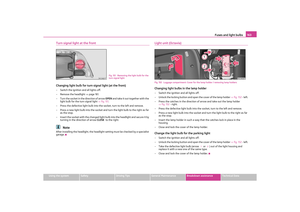 164
164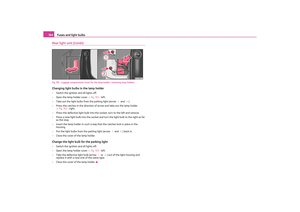 165
165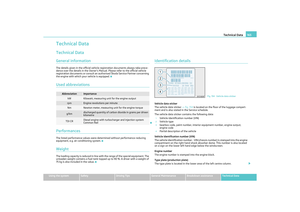 166
166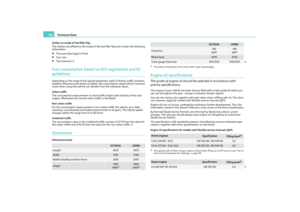 167
167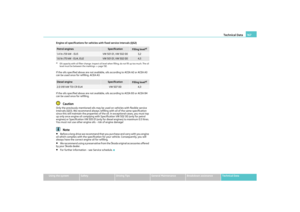 168
168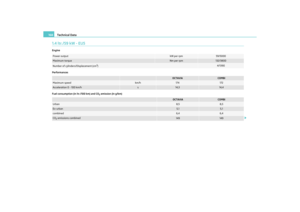 169
169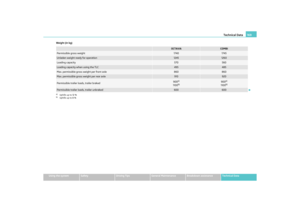 170
170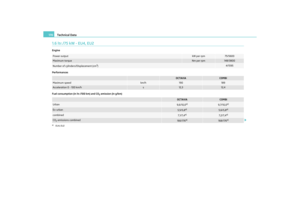 171
171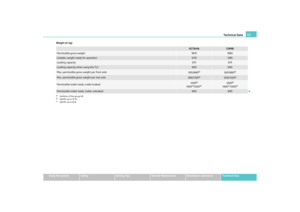 172
172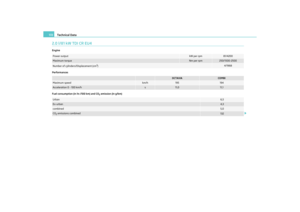 173
173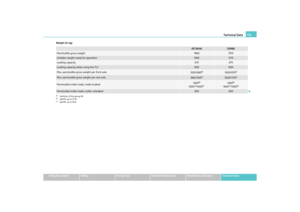 174
174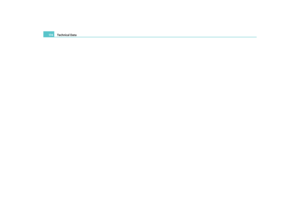 175
175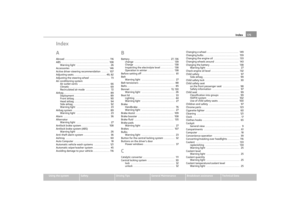 176
176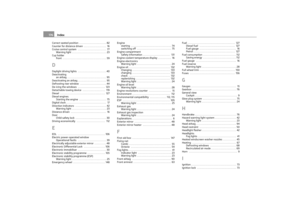 177
177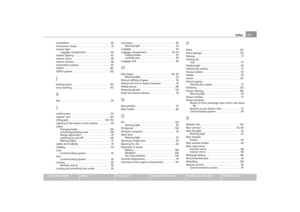 178
178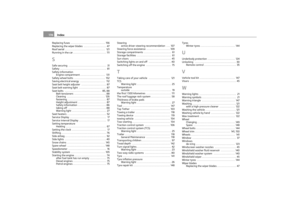 179
179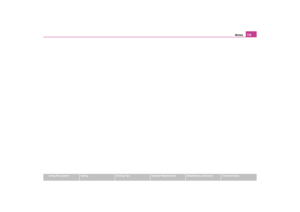 180
180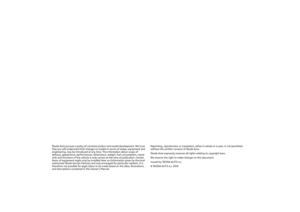 181
181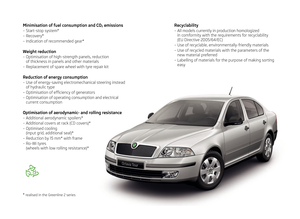 182
182






